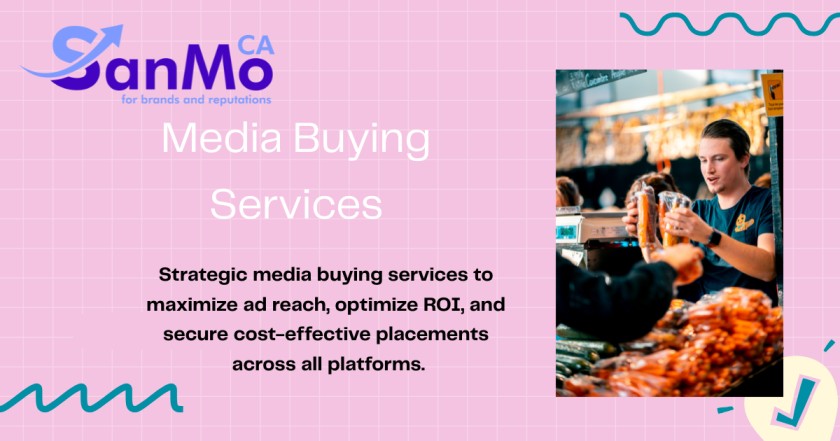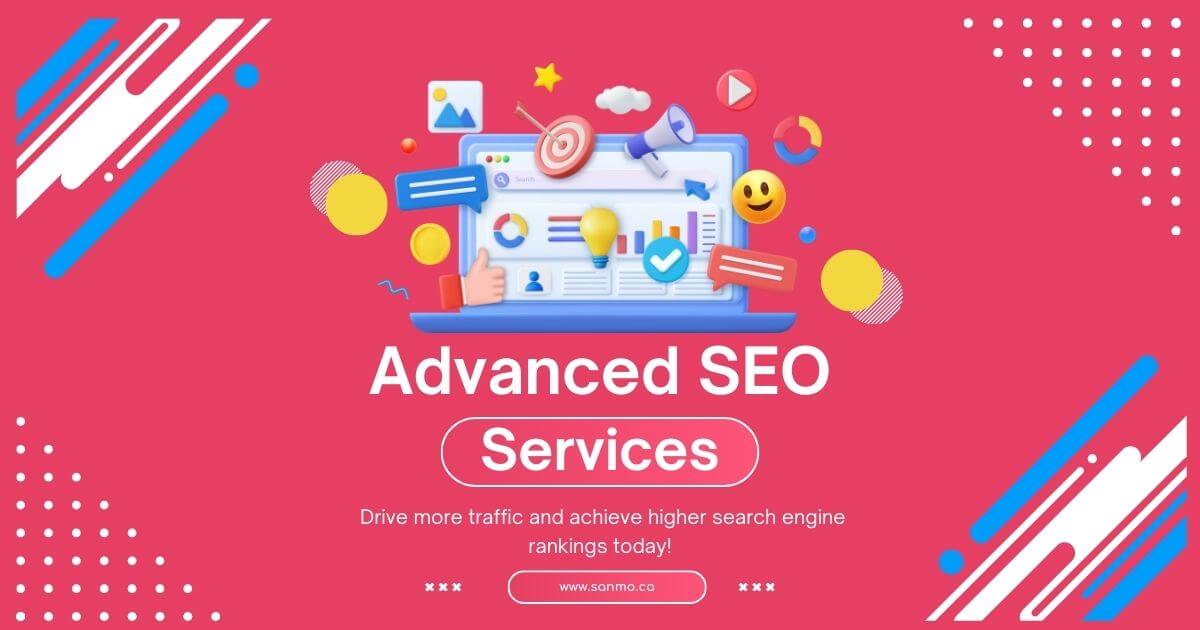Social media has evolved from a simple communication tool to a mission-critical business asset. With over 4.9 billion active users worldwide, platforms like Instagram, Facebook, LinkedIn, TikTok, and X (formerly Twitter) have become virtual marketplaces where brand reputations are built, customer relationships are nurtured, and sales opportunities flourish.
Why Effective Social Media Management Matters
But simply having social media accounts is no longer enough. The difference between brands that thrive and those that merely survive in the digital marketing space often comes down to one critical factor: effective social media management.
Effective social media management involves strategically creating, scheduling, analyzing, and engaging with content across social platforms. It requires understanding not just what content resonates with your audience, but when they’re most receptive to it, which platforms they prefer, and how to measure what’s working.
According to recent research by Hootsuite’s Social Trends Report, businesses with structured social media management strategies are 60% more likely to report positive ROI from their social efforts than those posting content without a cohesive plan.
Key Components of a Successful Social Media Management Strategy
1. Setting Clear, Measurable Objectives
Before diving into content creation or platform selection, the foundation of successful social media management lies in establishing clear objectives. Ask yourself:
- Are you looking to increase brand awareness?
- Drive website traffic?
- Generate qualified leads?
- Boost conversions and sales?
- Improve customer service?
- Establish thought leadership?
Each objective requires different tactics, content types, and performance indicators. For instance, if brand awareness is your goal, metrics like reach, impressions, and follower growth will be most relevant. For lead generation, you’ll focus more on click-through rates, form completions, and conversion data.
2. Understanding Your Target Audience
The cornerstone of effective social media management is a deep understanding of your audience. This goes beyond basic demographic information to include:
- Content preferences (videos, infographics, long-form articles)
- Platform usage habits
- Pain points and challenges
- Goals and aspirations
- Common questions and objections
- Online behavior patterns
Creating detailed audience personas helps you craft content that genuinely resonates. Remember that even within a single target market, you may have several distinct audience segments, each requiring slightly different approaches.
3. Platform Selection and Channel Strategy
Not all social platforms are created equal, and spreading yourself too thin across too many channels is a common mistake. A focused approach on 2-4 platforms where your audience is most active typically yields better results than a scattered presence across every available network.
Consider these platform specialties when developing your channel strategy:
- LinkedIn: Professional networking, B2B marketing, thought leadership, recruitment
- Instagram: Visual storytelling, lifestyle branding, influencer partnerships, product showcases
- Facebook: Community building, demographic targeting, local business promotion, events
- TikTok: Creative short-form video, trending content, reaching younger audiences
- X (Twitter): Real-time updates, customer service, industry news, conversations around trending topics
- Pinterest: Visual discovery, DIY content, product inspiration, lifestyle content
- YouTube: In-depth tutorials, brand storytelling, product demonstrations, educational content
4. Content Planning and Creation
Content is the fuel that powers your social media presence. Creating high-quality, relevant content consistently requires careful planning and a strategic approach:
Content Pillars
Organize your content strategy around 3-5 core themes or “pillars” that align with your brand values and audience interests. For example, a fitness brand might build content around pillars like nutrition, workout tips, success stories, and product highlights.
Content Calendars
Develop a content calendar that maps out what you’ll post, when, and on which platforms. This helps maintain consistency and ensures you’re prepared for seasonal trends, industry events, and promotional campaigns. Tools like Asana, Trello, or purpose-built social media management software can streamline this process.
Content Formats
Diversify your content formats to keep your audience engaged:
- Short-form videos (reels, stories, TikToks)
- Long-form videos (tutorials, interviews, webinars)
- Static images (quotes, product photos, infographics)
- Carousels and slideshows
- User-generated content
- Live broadcasts
- Polls and interactive content
- Blog post excerpts and articles
5. Social Listening and Community Management
Effective social media management isn’t just about broadcasting messages—it’s also about listening and engaging. Social listening involves monitoring conversations about your brand, industry, and competitors across platforms to gather insights and identify opportunities.
Community management focuses on nurturing relationships with your followers through:
- Responding promptly to comments and messages
- Acknowledging and sharing user-generated content
- Addressing customer service issues
- Facilitating discussions between community members
- Recognizing loyal followers and brand advocates
According to research from Sprout Social, 40% of consumers expect brands to respond within the first hour of reaching out on social media, highlighting the importance of timely engagement.
Advanced Social Media Management Tactics for 2025
Leveraging AI and Automation
Artificial intelligence has revolutionized social media management, offering tools that can:
- Analyze performance data to recommend optimal posting times
- Generate caption suggestions based on your brand voice
- Identify trending topics relevant to your industry
- Automate responses to common questions
- Create content variations for A/B testing
While automation can significantly improve efficiency, remember that the human touch remains essential for authentic engagement. Use AI to handle repetitive tasks while preserving human oversight for strategy and relationship building.
Influencer Collaboration Strategies
Working with influencers—from mega-celebrities to niche micro-influencers—continues to be an effective way to extend your reach and build credibility. The key to successful influencer collaborations lies in:
- Choosing partners whose audience and values align with your brand
- Focusing on authentic relationships rather than one-off transactions
- Setting clear expectations and deliverables
- Measuring results beyond vanity metrics
- Developing long-term partnerships where possible
Micro-influencers (those with 10,000-50,000 followers) often deliver higher engagement rates and more authentic connections than larger accounts, making them particularly valuable for brands with targeted audiences.
User-Generated Content Campaigns
User-generated content (UGC) is powerful social proof that builds trust while reducing your content creation burden. Successful UGC campaigns:
- Create a simple, memorable hashtag
- Clearly communicate what kind of content you’re looking for
- Offer incentives for participation
- Feature submitted content prominently
- Always credit creators when sharing
Data-Driven Optimization
Leading brands continuously refine their social media management approach based on performance data. Key metrics to track include:
- Engagement rate (by post, platform, and content type)
- Reach and impressions
- Click-through rate
- Conversion rate from social traffic
- Customer acquisition cost
- Social share of voice compared to competitors
Monthly analysis sessions can help identify trends, optimize content strategies, and justify resource allocation for social media management efforts.
Common Social Media Management Challenges and Solutions
Challenge 1: Algorithm Changes
Social platforms frequently update their algorithms, sometimes causing dramatic shifts in organic reach overnight.
Solution: Diversify your platform presence, focus on creating high-quality, engaging content that naturally encourages sharing, and maintain an owned channel like an email list to communicate directly with your audience.
Challenge 2: Resource Constraints
Many businesses struggle with limited time, budget, or expertise for social media management.
Solution: Focus on quality over quantity, use scheduling tools to batch content creation, repurpose content across platforms, and consider outsourcing specific tasks to freelancers or agencies.
Challenge 3: Measuring ROI
Connecting social media efforts to bottom-line business results remains challenging for many organizations.
Solution: Implement proper tracking through UTM parameters, set up conversion goals in your analytics platform, and establish both leading indicators (engagement, reach) and lagging indicators (leads, sales) to evaluate performance.
Tools for Effective Social Media Management
The right tools can dramatically improve your social media management efficiency:
Content Planning and Scheduling
- Hootsuite
- Buffer
- Later
- Planoly
- ContentCal
Analytics and Reporting
- Sprout Social
- Brandwatch
- Socialbakers
- Google Analytics
- Native platform analytics
Graphics and Video Creation
- Canva
- Adobe Express
- Visme
- Kapwing
- InShot
Community Management
- Agorapulse
- Mention
- Falcon.io
- Zendesk for Social
Creating Your Social Media Management Action Plan
To implement the strategies discussed in this guide, follow these steps:
- Audit your current social media presence: Evaluate what’s working, what’s not, and identify gaps.
- Define specific, measurable goals aligned with broader business objectives.
- Research and document audience insights to inform your content strategy.
- Select your priority platforms based on audience presence and business goals.
- Develop your content pillars and messaging framework.
- Create a 90-day content calendar with flexibility for timely additions.
- Establish your workflow for content creation, approval, and publishing.
- Implement a measurement framework with regular reporting intervals.
- Train team members on platform best practices and brand guidelines.
- Review and refine your approach quarterly based on performance data.
The Future of Social Media Management
As we move further into 2025, social media management continues to evolve rapidly. Emerging trends like augmented reality experiences, social commerce integration, and platform-specific content optimization will shape how brands connect with their audiences.
However, amid this technological evolution, the fundamental principles remain constant: understanding your audience, creating valuable content, engaging authentically, and measuring what matters. By focusing on these core elements while staying adaptable to platform changes, your social media management strategy can drive meaningful business results regardless of what new platforms or features emerge.
Whether you’re managing social media in-house or partnering with specialists, consistent application of the strategies outlined in this guide will help you build a digital presence that resonates with your audience and supports your business goals.







